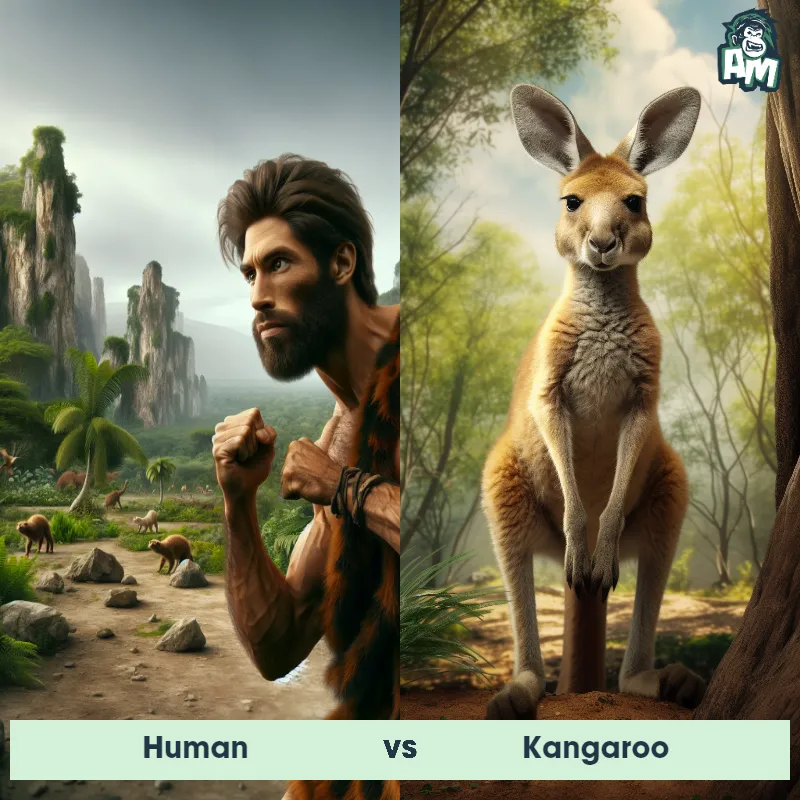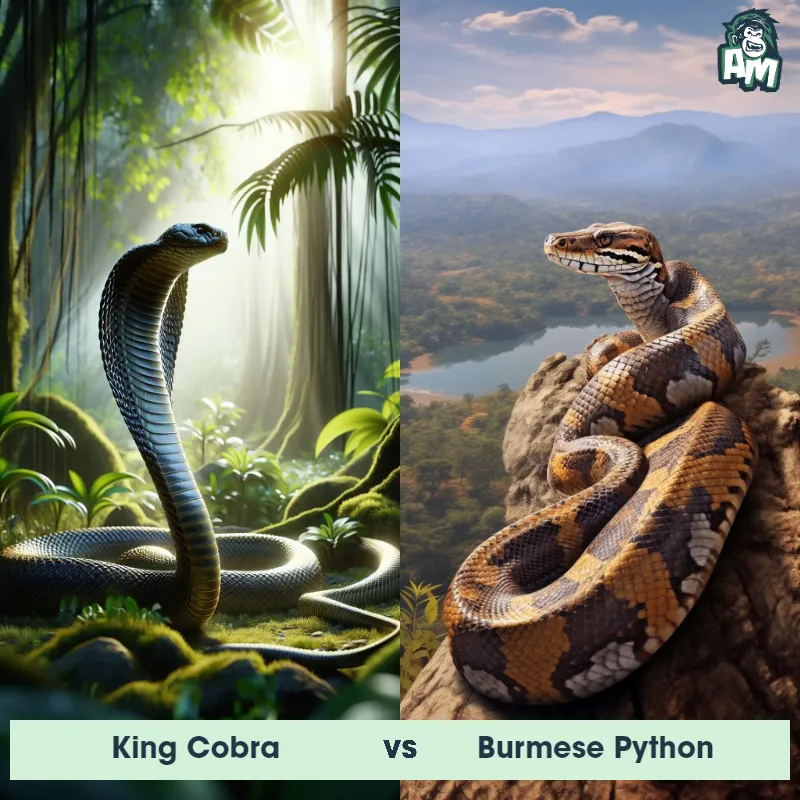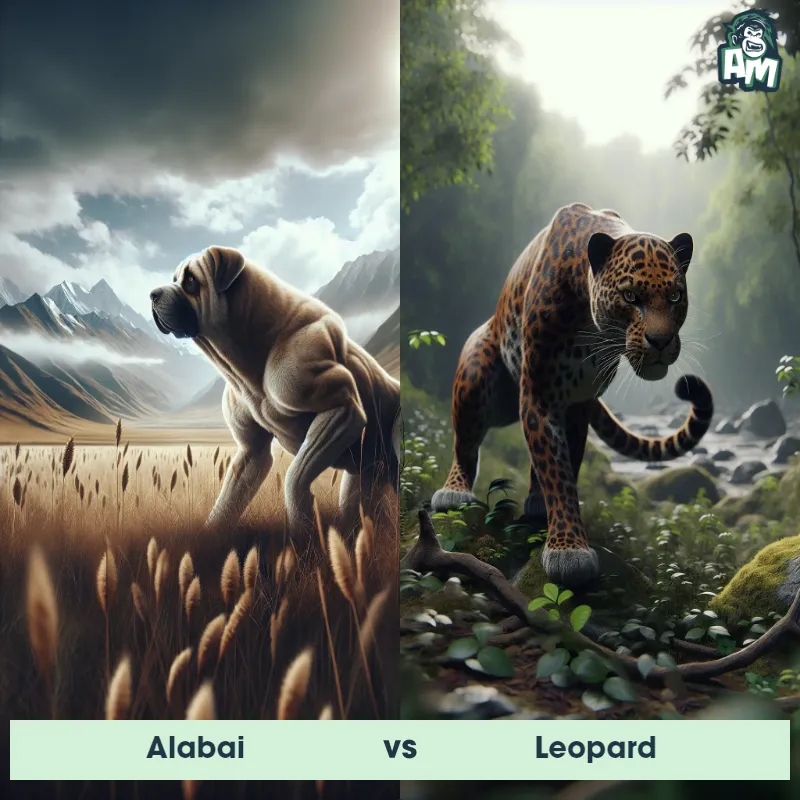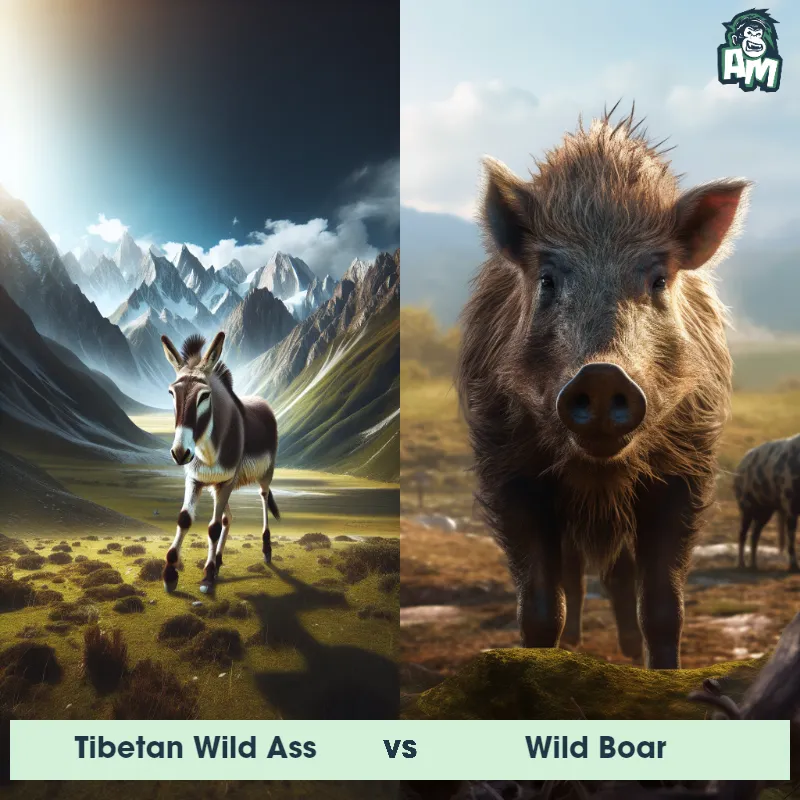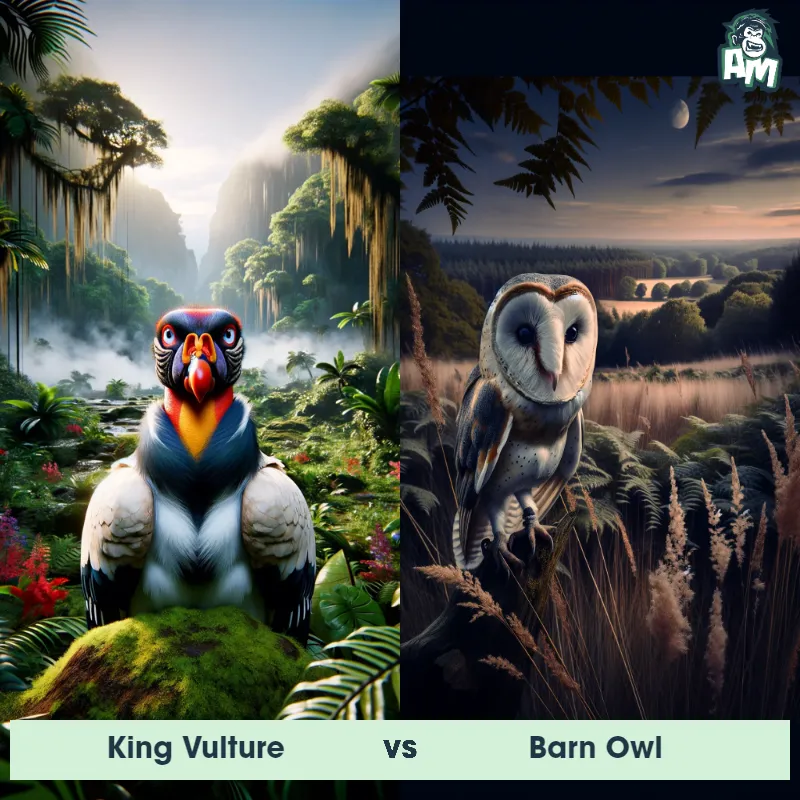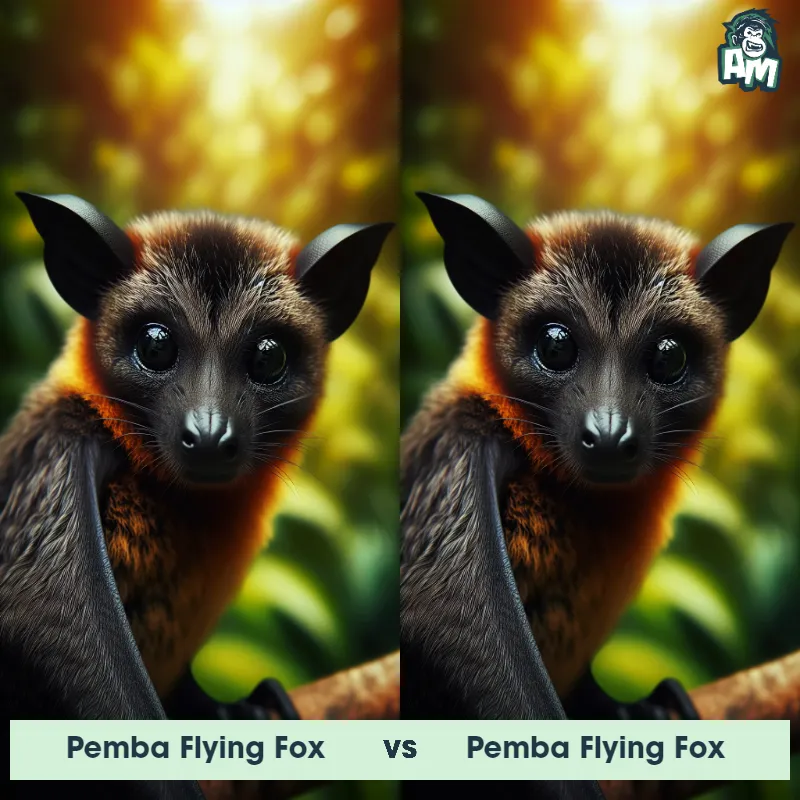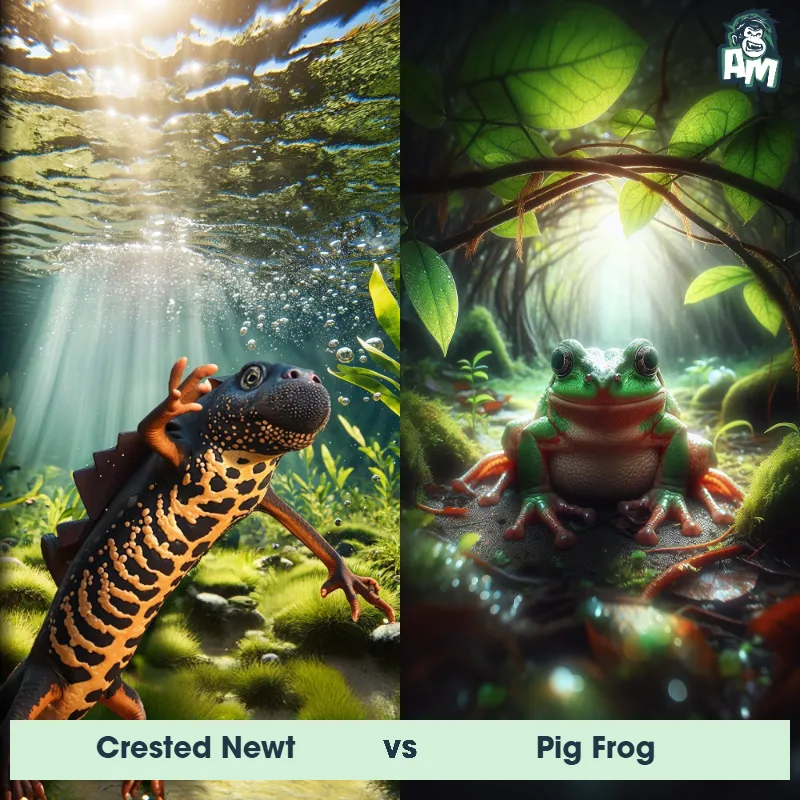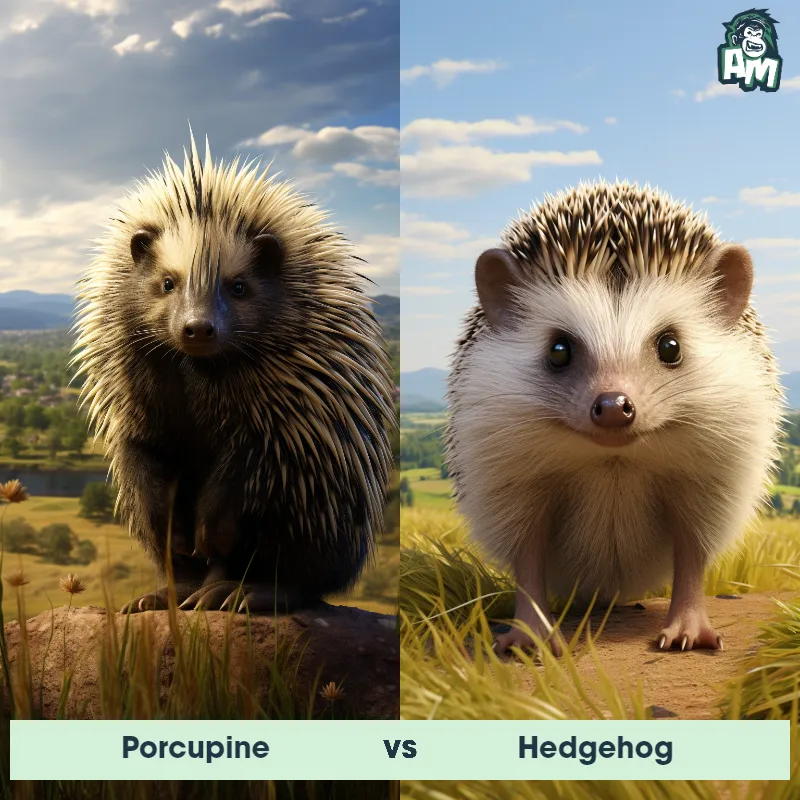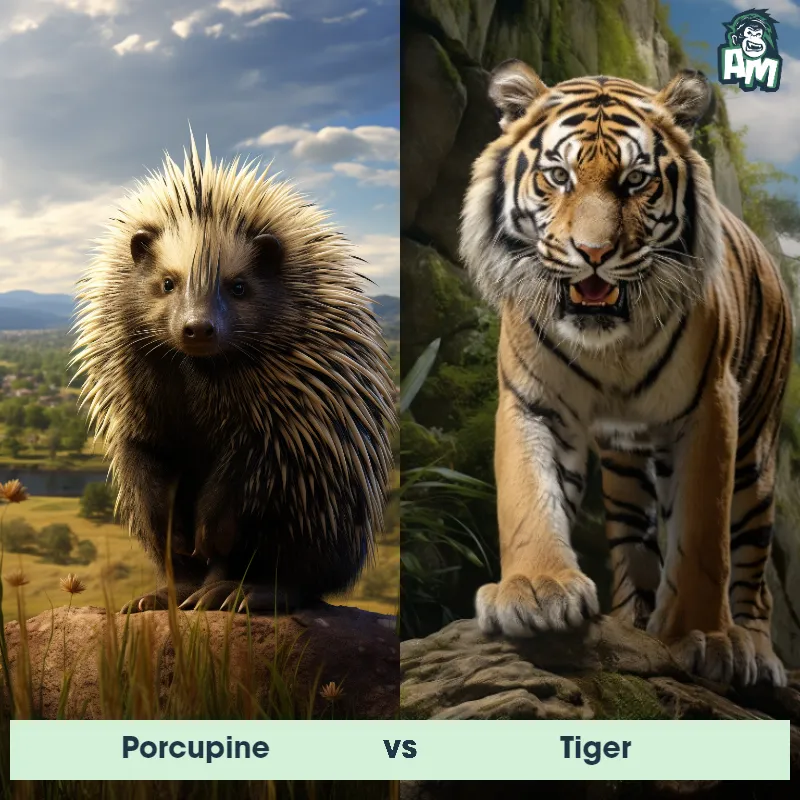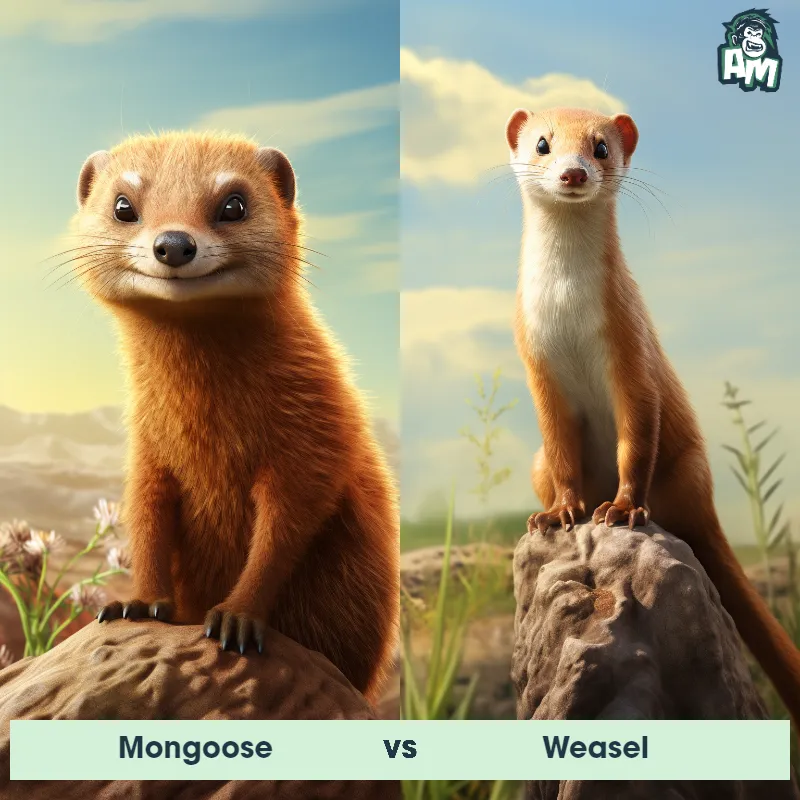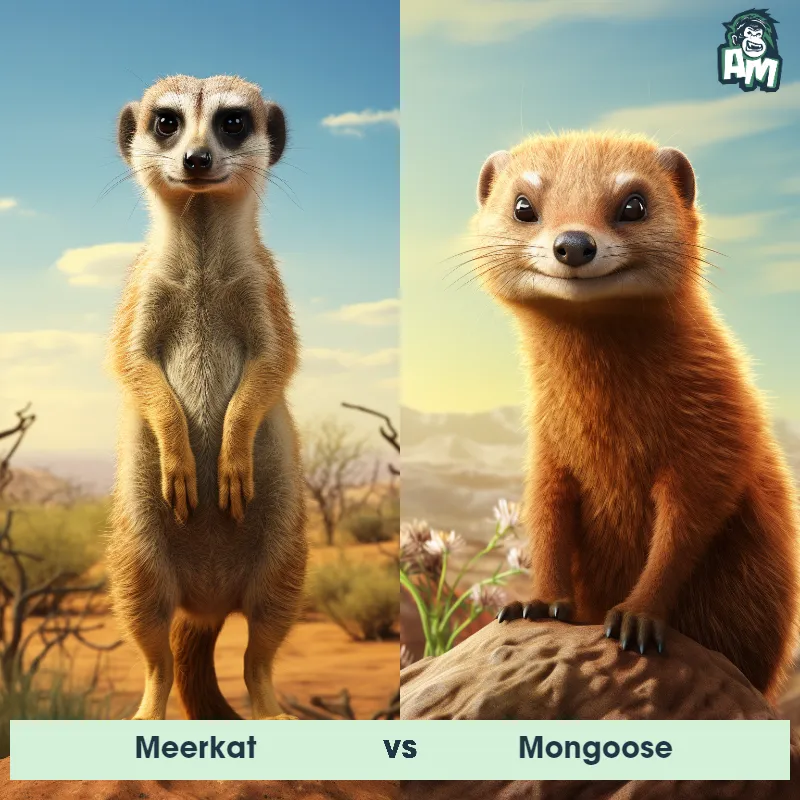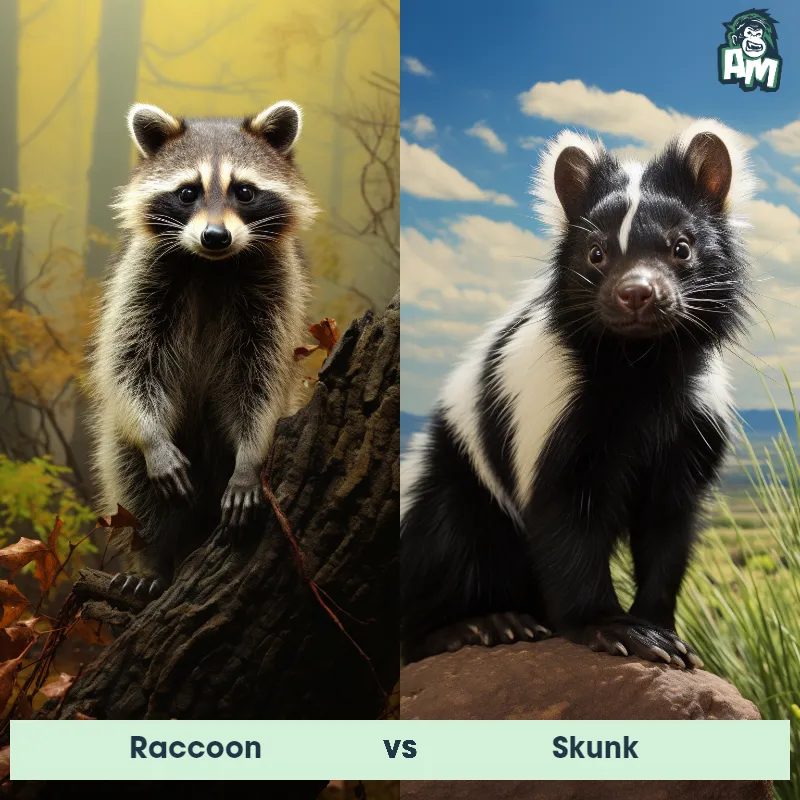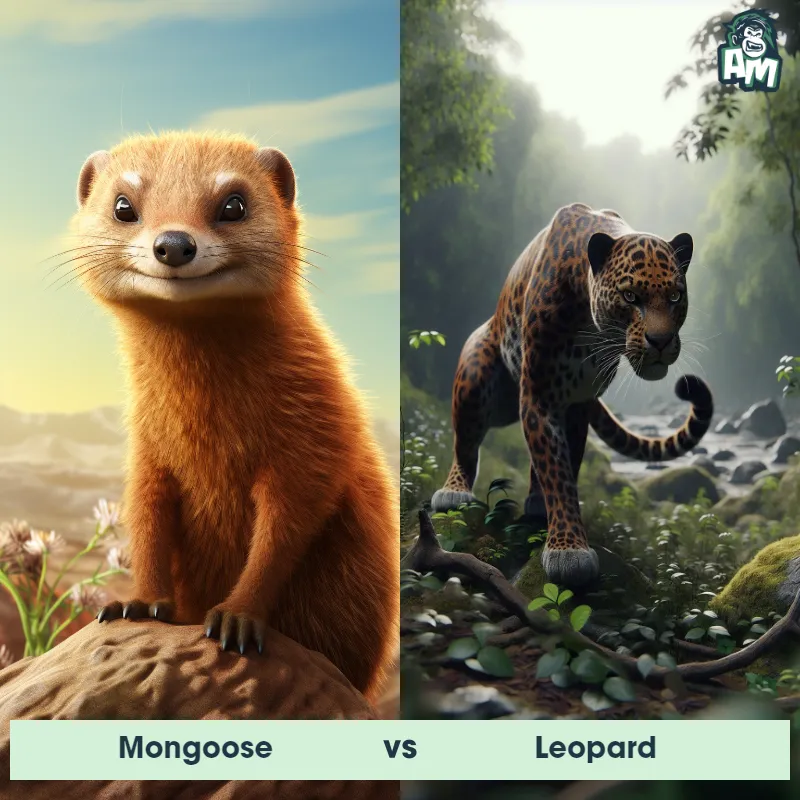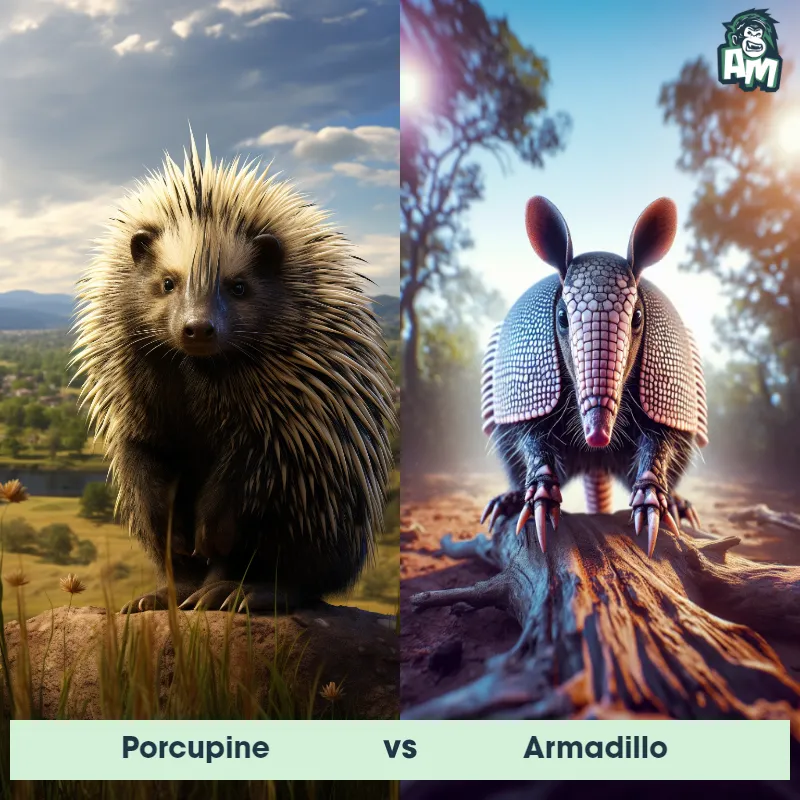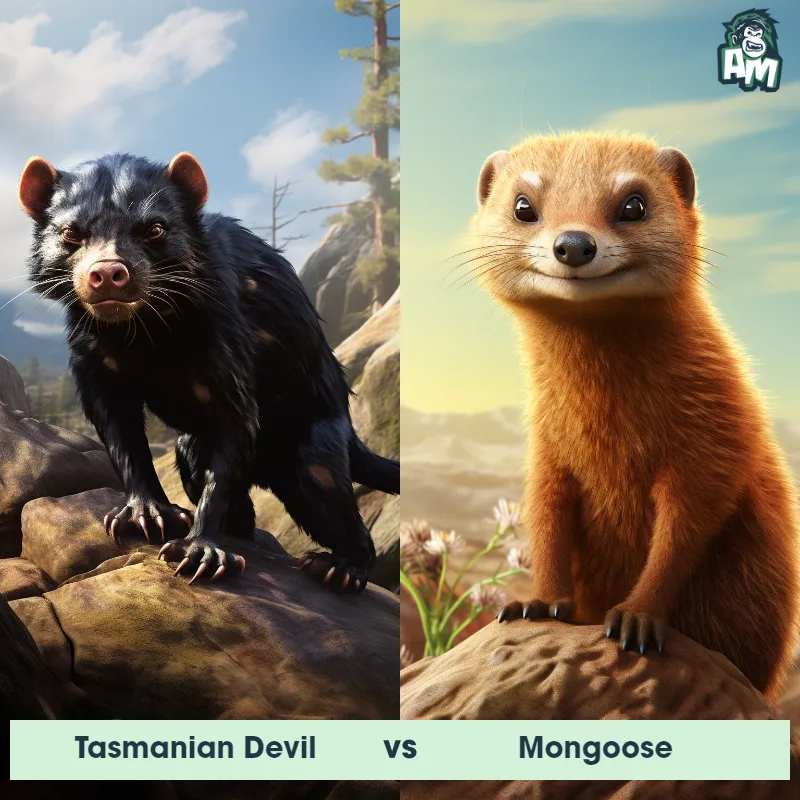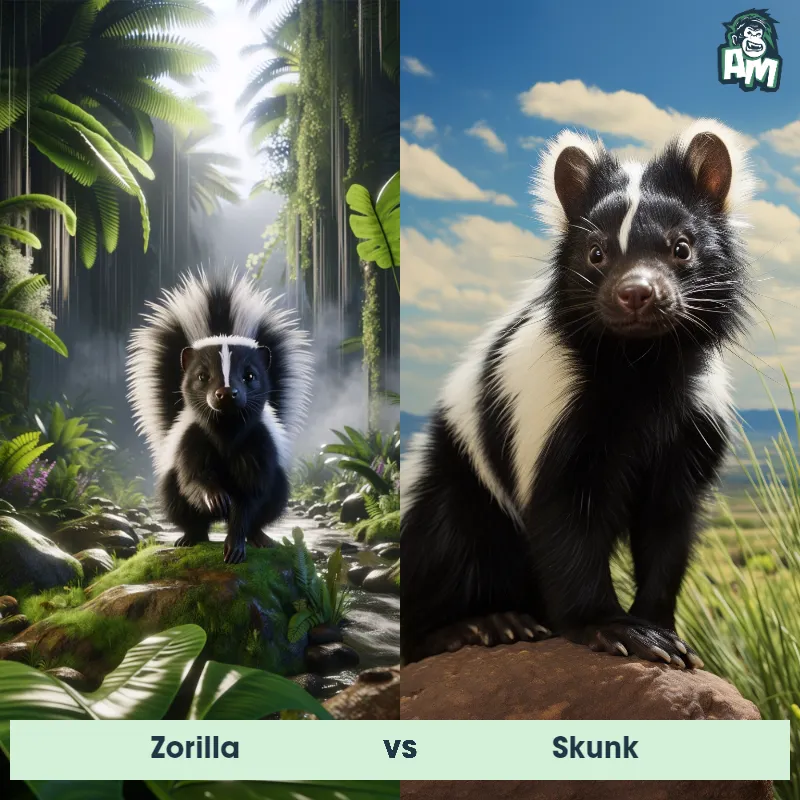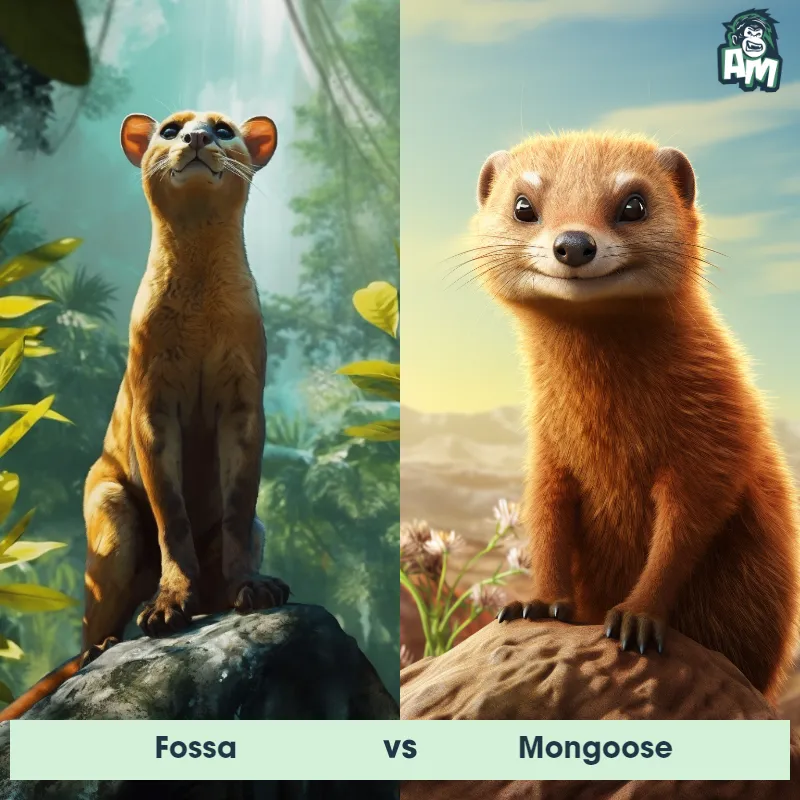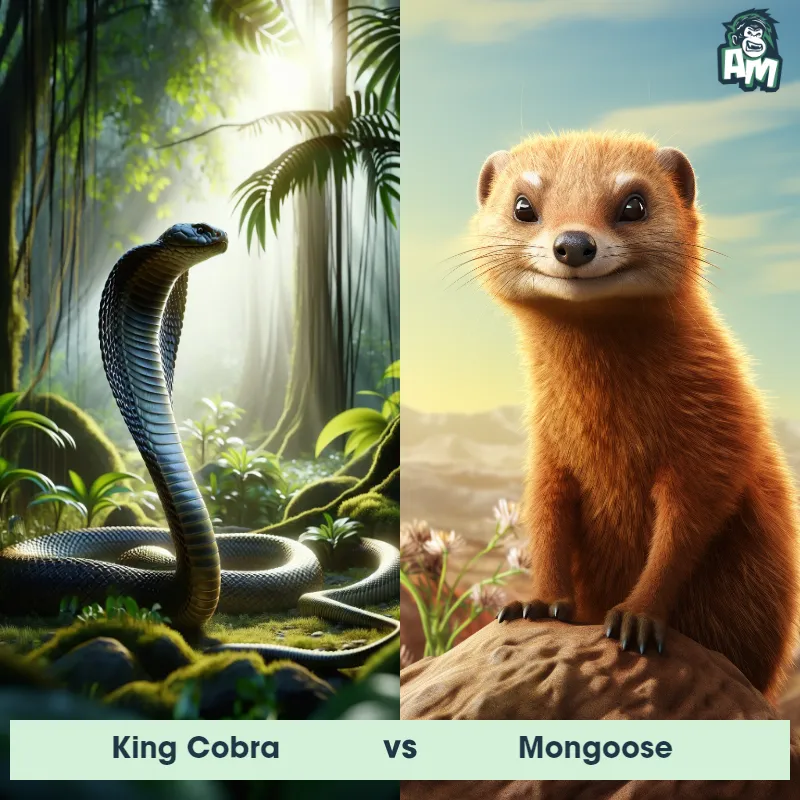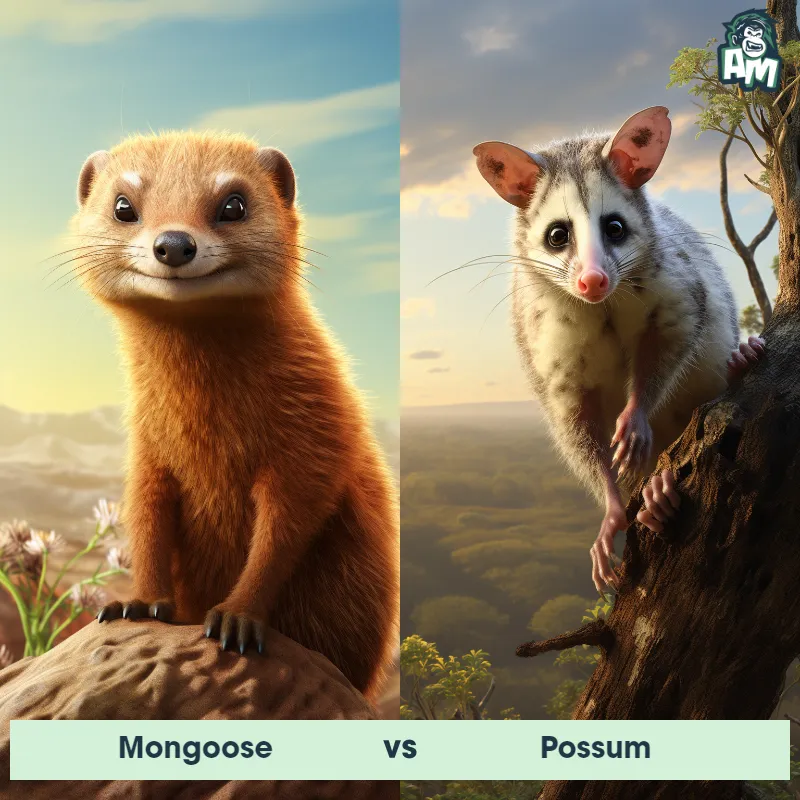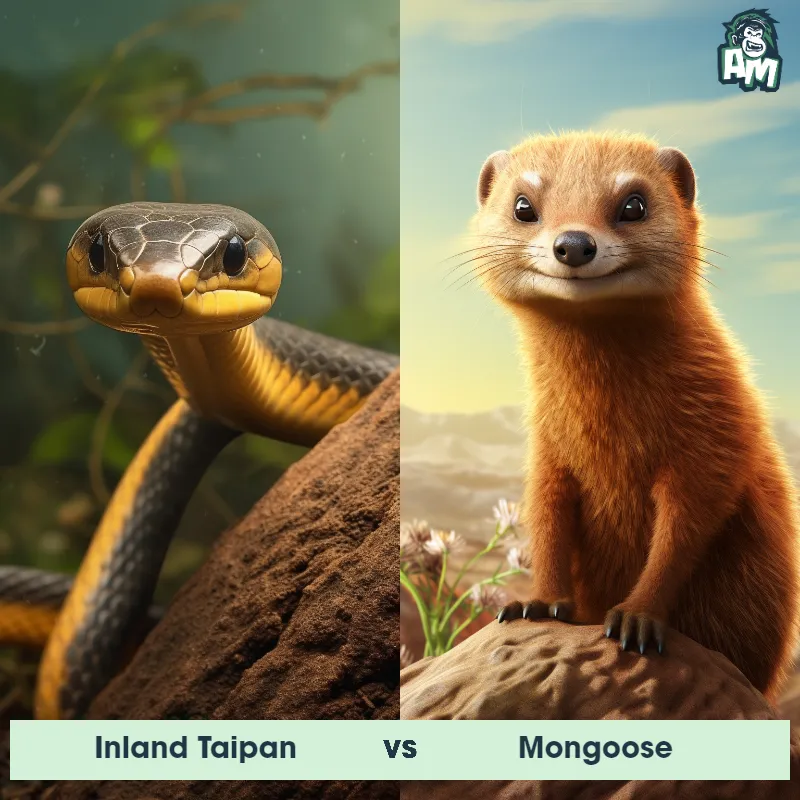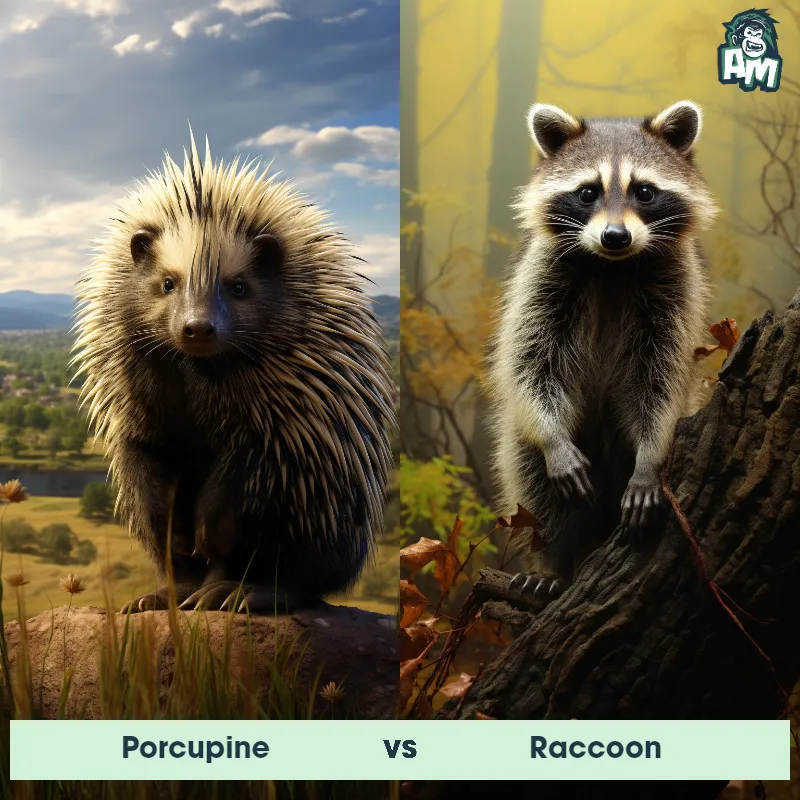Porcupine vs SkunkSee Who Wins

Welcome, one and all, to an unprecedented showdown between two feisty defenders of the animal kingdom! With a battlefield filled with nail-biting anticipation, we're about to witness a fascinating encounter between the prickly figure of a porcupine and the odorous contender, a skunk. Both animals, famed for their unique defense mechanisms, challenge one another in a three-round struggle for supremacy.
Contender 1: Porcupine
The Porcupine is a unique, large rodent recognized by its coat of sharp spines, or quills, which are used for protection against predators. The most characteristic feature of this mammal is its quills, which can be up to 30 centimeters long and are coated with a layer of keratin making them tough and resistant. These nocturnal creatures vary greatly in size and appearance across different species, ranging from a foot to over two feet in length, excluding the tail. The porcupine is a herbivore, mainly eating leaves, bark, and stems of trees.
Fun Fact: Unlike common belief, Porcupines cannot shoot their quills out at will, rather the quills detach easily when a predator comes into contact with them.
Contender 2: Skunk
The skunk is a small to medium-sized mammal best known for its ability to secrete a pungent odor when threatened. Skunks are identifiable by their black fur with a distinctive white stripe that runs down their back and tail. They have a small head, short legs, and a bushy tail. Skunks are omnivores and feed on a varied diet, including insects, small rodents, fruits, and plants.
Fun Fact: Skunks are not as indiscriminate with their spray as people often believe; they can accurately spray their scent at a target up to 10 feet away.
Matchup Stats
| Porcupine | Skunk | |
|---|---|---|
| Size | 25-36 inches (63.5-91.4 cm) | 8-19 inches (20-48 cm) |
| Weight | 12-35 lbs (5.4-15.9 kg) | 1.1-14 lbs (0.5-6.3 kg) |
| Speed | 2mph (3.2km/h) | 10mph (16km/h) |
| Key Strength | Sharp quills for protection | Ability to spray a pungent odor |
| Biggest Weakness | Slow movement | Limited spray range (up to 10 feet) |
Current Votes
Porcupine vs Skunk
See Who Wins
View More Matches
Looking For More?
Similar Matches
Scientific Stats
| Porcupine | Skunk | |
|---|---|---|
| Scientific Name | Erethizon dorsatum | Mephitidae |
| Family | Erethizontidae | Carnivora |
| Habitat | Forests, deserts, grasslands | Forests, grasslands, and suburban areas |
| Geography | North and South America, Africa, Europe, and Asia | North and South America |
| Diet | Leaves, bark, and stems of trees | Omnivorous (insects, small rodents, fruits, and plants) |
| Lifespan | 5 years - 10 years | 2 years - 10 years |
Key Differences between Porcupine and Skunk
- Tail shape: Porcupines have a long, thick, and prehensile tail that they use for balance and climbing, while skunks have a relatively shorter and fluffy tail that they can raise as a warning signal.
- Coat color: Porcupines have a predominantly brown or black coat, with some species having a mix of white or yellow quills, while skunks have a distinctive black fur with white stripes or spots running along their back and tail.
- Quills vs Fur: Porcupines are covered in sharp, barbed quills that they use for defense. These quills are modified hairs and can be raised when the porcupine feels threatened. In contrast, skunks have a dense fur coat with no quills.
- Facial features: Porcupines have a broad and flat face with small eyes and a large, blunt nose, while skunks have a more pointed face with relatively larger eyes and a distinctive snout.
- Body shape: Porcupines have a stocky and robust body shape, with a rounded back and a large head, while skunks have a more elongated and slender body shape.
- Size: Porcupines are generally larger than skunks, with an average adult porcupine measuring around 25 to 36 inches in length, while skunks typically range from 15 to 29 inches in length.



